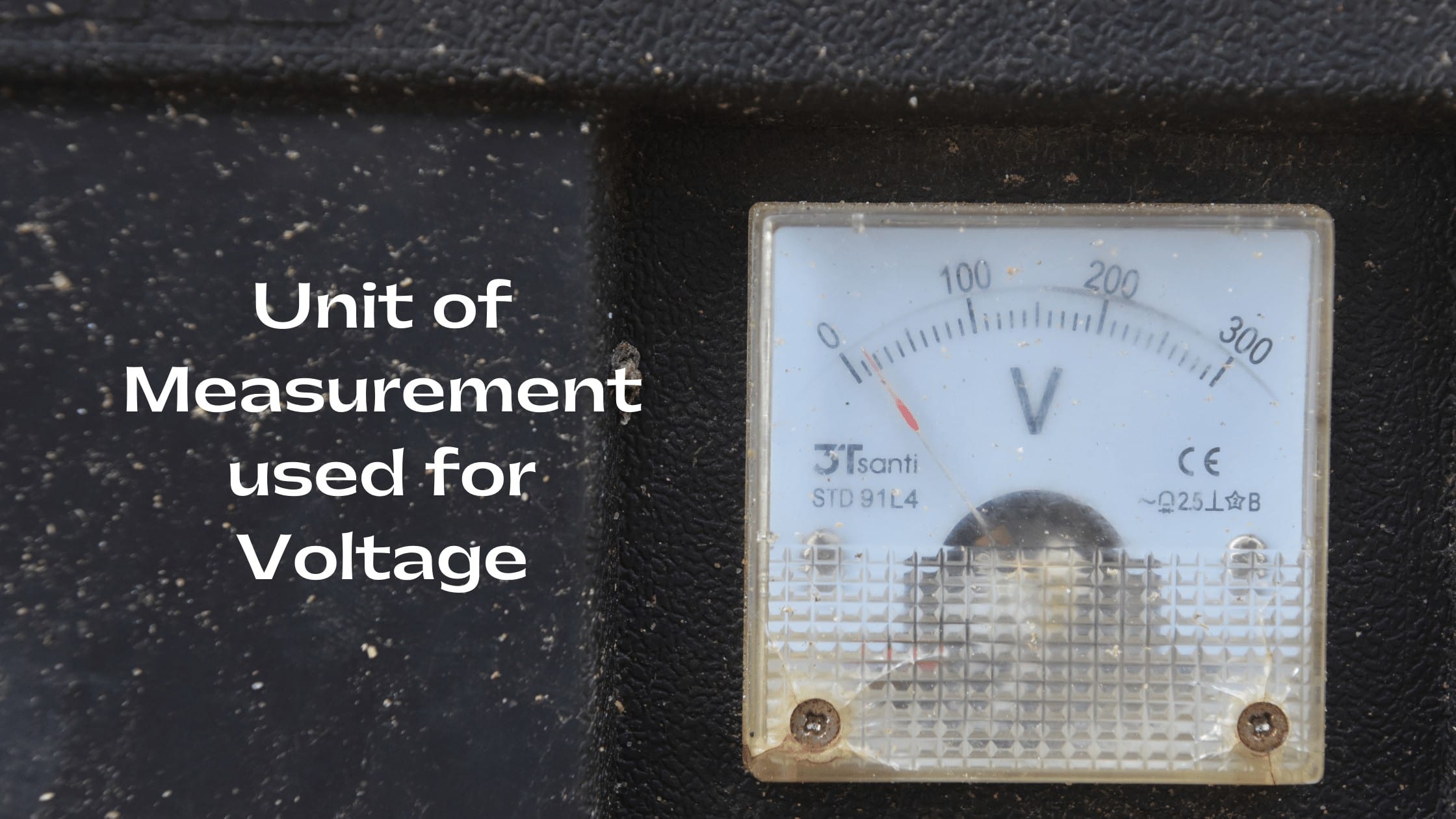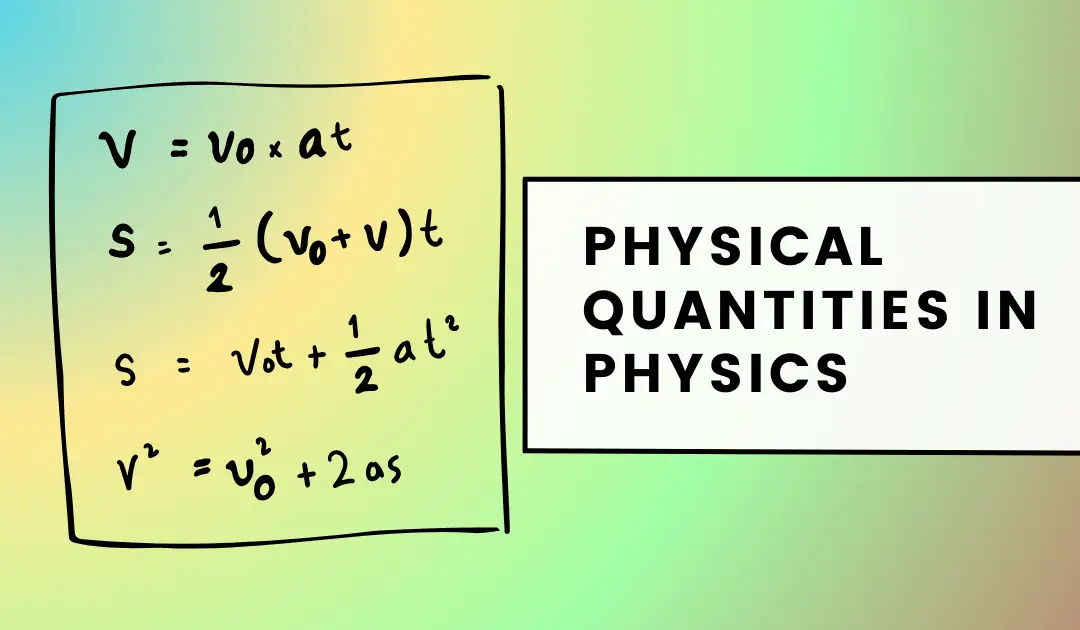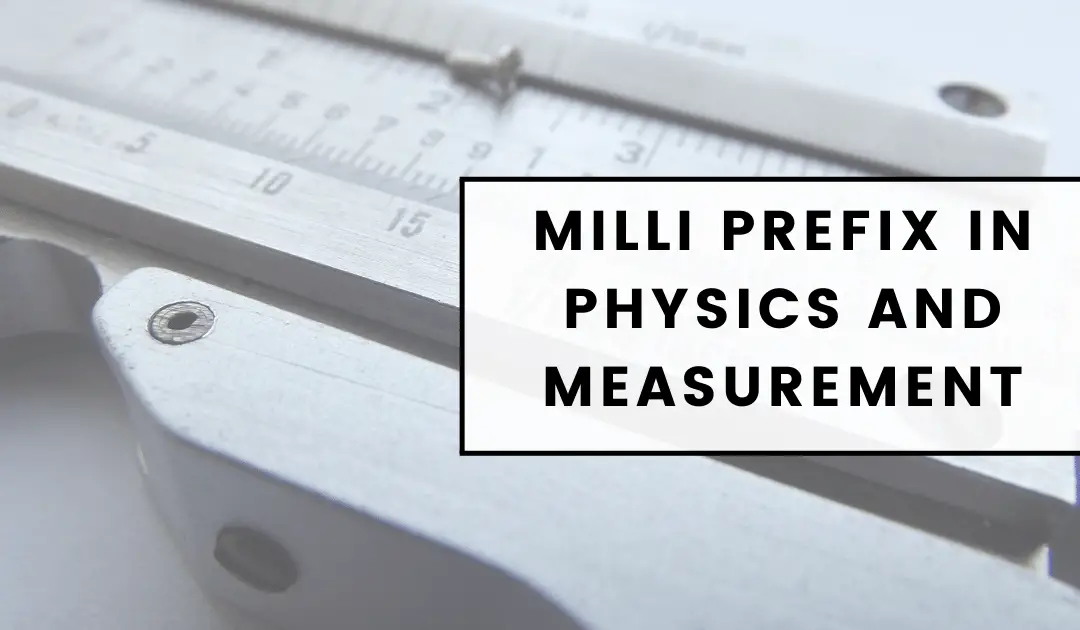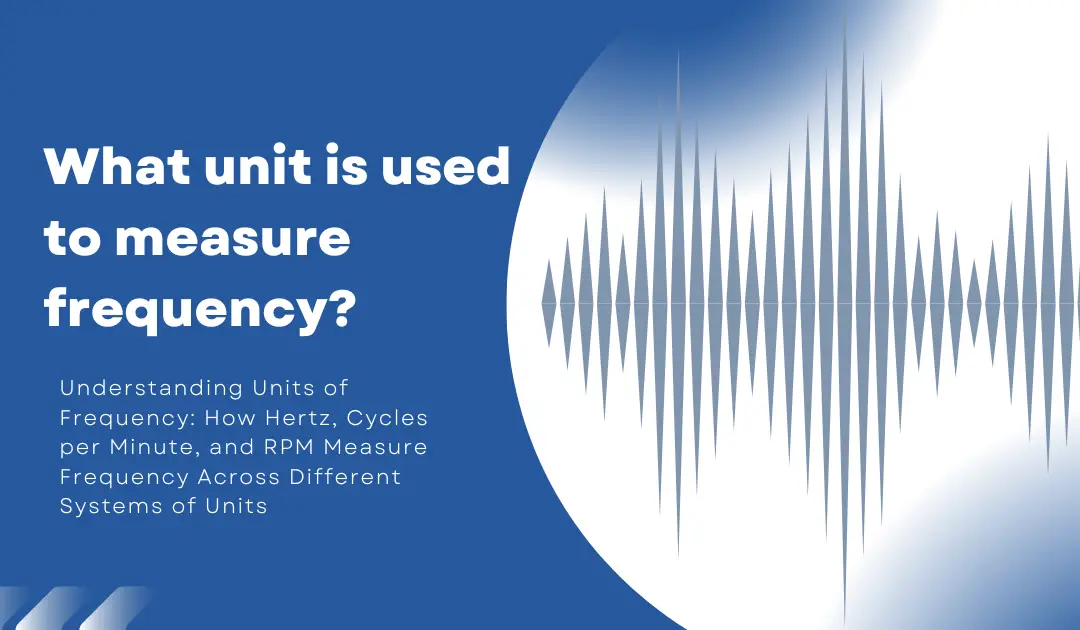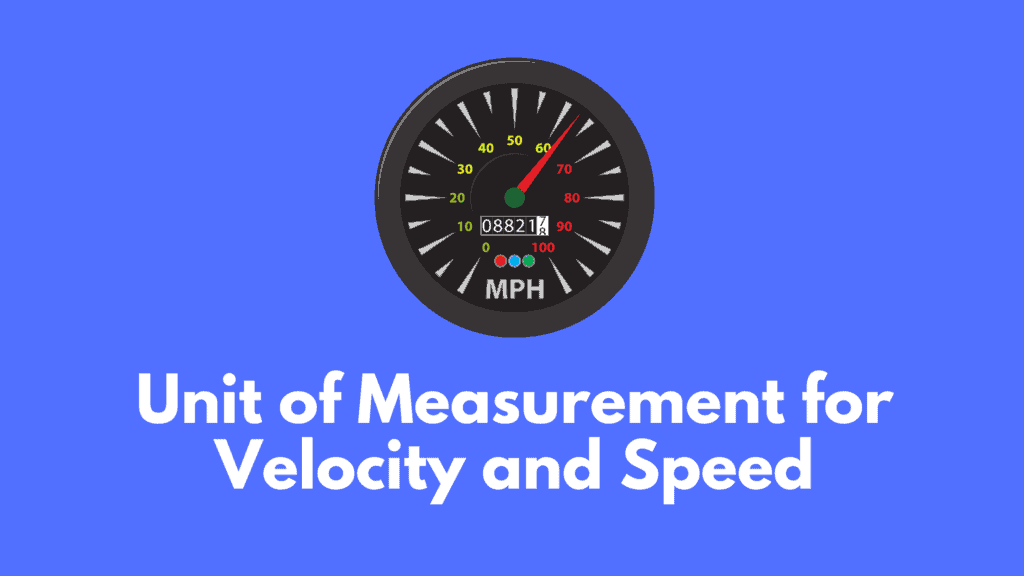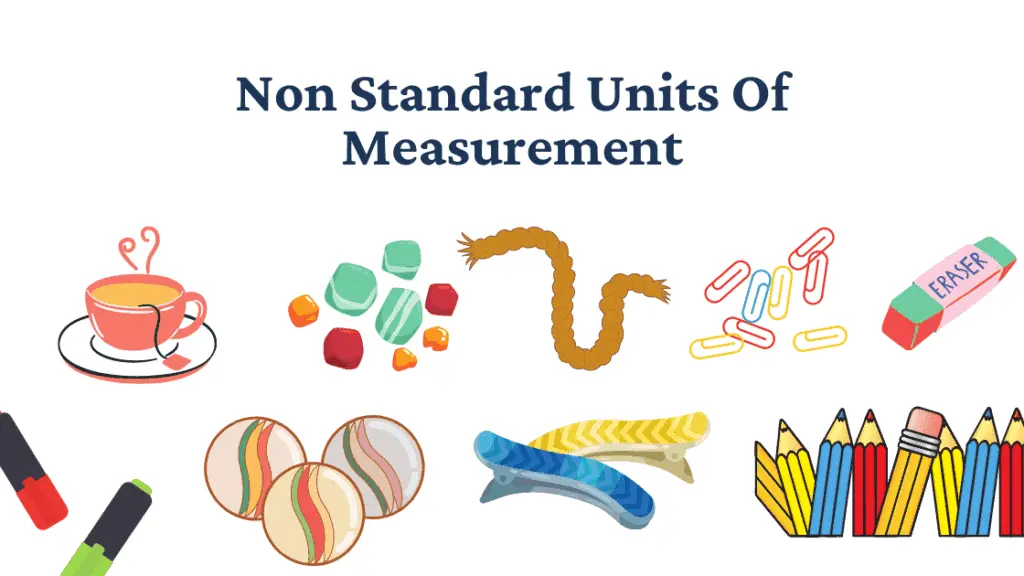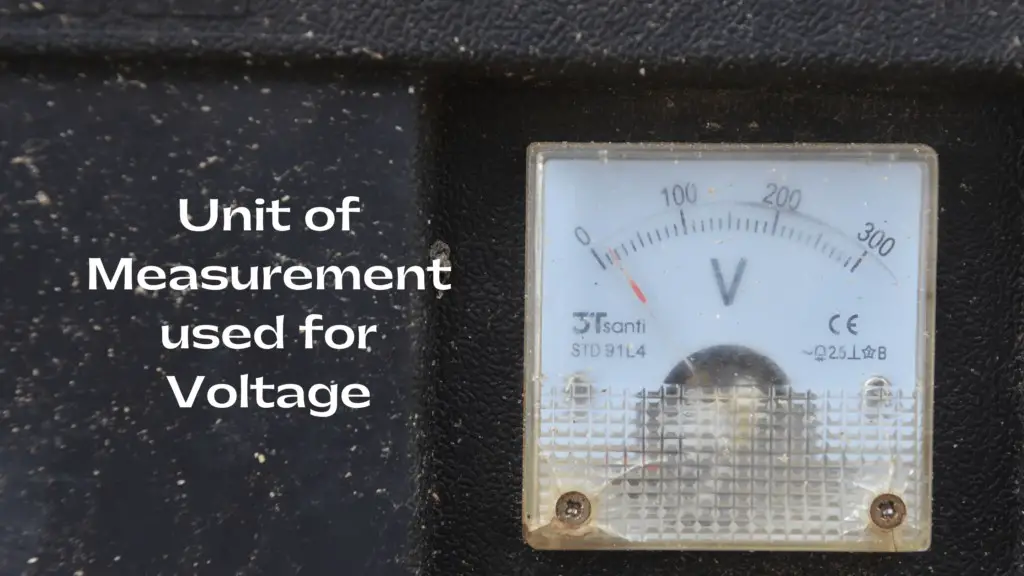
The voltage or electric potential difference isthe difference in electric potential between two points. Voltage is defined as the work done per unit of charge to move a test charge between the two points in an electric field.
Mathematically,
V = φ2 – φ1
V is the voltage between point 2 and 1 in volts (V).
φ2 is the electric potential at point 2 in volts (V).
φ1 is the electric potential at point #1 in volts (V).
Also,
Electric potential difference = Work done (in Joules) / Charge (in Coulombs)
Water Flow Analogy
Voltage provides a potential for the energy (electrons) to move; the higher the voltage, the more will be the flow of electrons (energy).
This is analogous to water flowing in the pipe through an overhead reservoir tank. The higher the water pressure in the tank, the faster will be the flow of water in the pipe.
Which unit is used for measuring electric potential difference? How is it represented?
Volt is the derived SI unit for measuring electric potential and electric potential difference(voltage).
One volt is defined as the potential difference between two points that will impart one joule of energy per coulomb of charge that passes through it. The volt unit is represented by the letter v.
1 Volt = 1 Joule/1 Coulomb = [kg1·m2·s−3·A−1]
The volt unit is named in honor of the physicist Alessandro Volta, who invented the voltaic pile, probably the first chemical battery.
Table given below shows commonly used SI multiples of volt (V)
| Name | Symbol | Value |
| Nanovolt | nV | 10−9V |
| Microvolt | µV | 10−6V |
| Millivolt | mV | 10−3V |
| Kilovolt | kV | 103 V |
| Megavolt | MV | 106 V |
| Gigavolt | GV | 109 V |
Furthermore, a Volt unit can also be defined as electric potential along a wire when an electric current of one ampere (A) dissipates one watt (W) of power.
1 Volt = 1W/1A
Devices used for measuring voltage
Voltmeter
The Voltmeter measures the current flowing through a fixed resistor capacity. According to ohm’s law, this current should be proportional to the voltage. It is a high resistance device so that it takes up a negligible current from the circuit. A voltmeter is connected in parallel to the circuit.
In-circuit diagrams, a voltmeter is represented by the letter V in a circle, with two emerging lines representing the two points of measurement.
Mathematically,
V = I * R
Where,
- V is the voltage in volts
- I is the current in amperes
- R is the resistance in ohms
Potentiometer
A potentiometer calculates voltage by balancing the unknown voltage against a known reference voltage in a bridge circuit. The reference voltage is produced from a calibrated voltage divider. Due to this reason, potentiometer devices can provide high precision in the voltage measurement.
The use and working of a potentiometer device were first described by Johann Christian Poggendorff around 1841. Since then, it has become a standard laboratory measuring technique.
Oscilloscope
An oscilloscope measures voltage by defecting an electron beam from a straight path using an amplified voltage. So that degree of deflection is directly proportional to the voltage.
Related Article
- Units and Measurements in Physics

